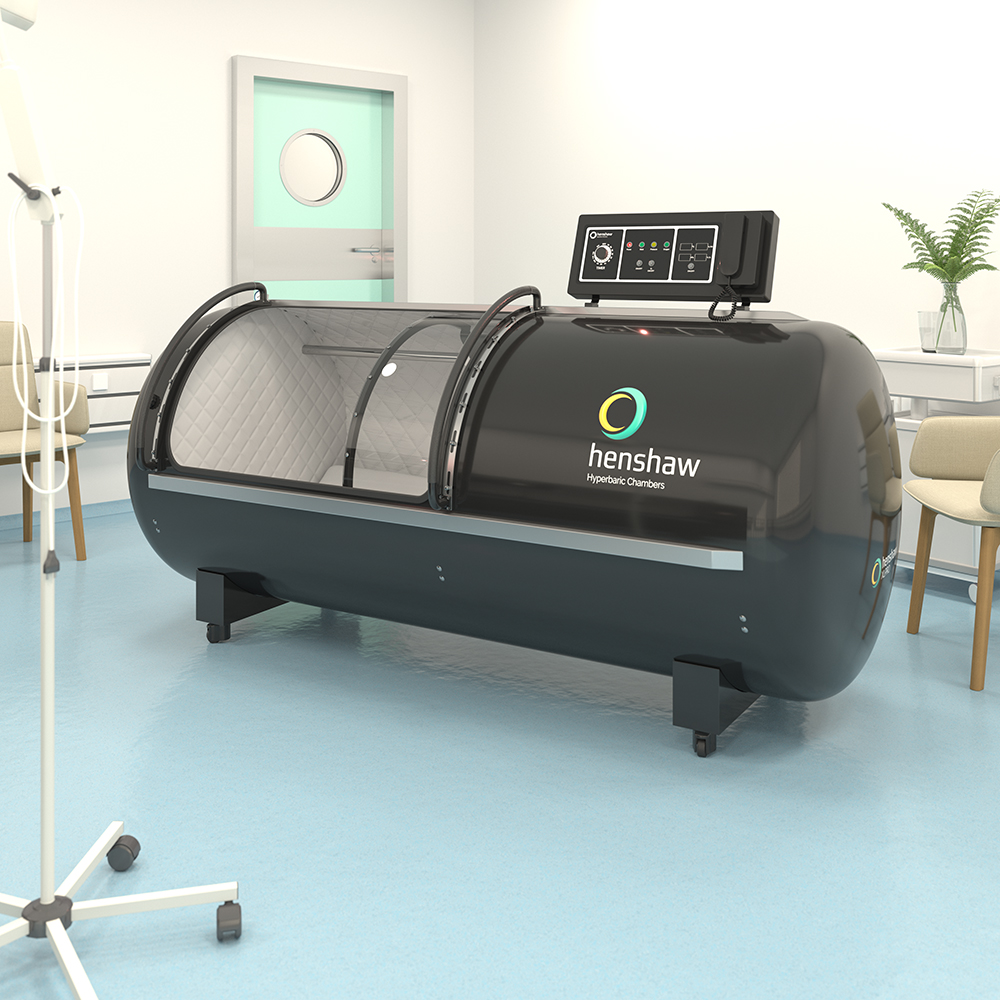Expert Q&A with Hayden Dunstan – part 1
We spoke to HBOT Expert Hayden Dunstan about General Safety of Hyperbaric Chambers.
Q. What certifications or accreditations should people look for when selecting a hyperbaric chamber and chamber supplier?
A. It all starts with design, so Pressure Vessel for Human Occupancy (PVHO) as a design standard is the key starting point. In the UK its BS/EN 14931, in the USA it’s ASME PVHO 1 -2023 (other standards apply for other territories).
Fire safety usually follows the NFPA 99 Chapter 14 for Hyperbaric Facilities and compliance with British fire codes laid out in the fire safety section of extended training.
Fire suppression should meet BS EN 16081, ISO 13485:2016 for Medical Devices if applicable.
Also look for…
- Electrical safety codes laid out in further training.
- Breathing gas should meet the standard BS/EB 12021 for the UK and Europe.
- Acrylics should all be supplied with a certificate of compliance (COC) as should all gauges, fittings, etc.
- Test Certificates from a register classification society (notification Body).
And the chamber should have a data plate detailing manufacturer, date of manufacture, design standard, working pressure and test pressure.

Q. What are the key safety features that a high-quality hyperbaric chamber should have?
A: Hyperbaric therapy chambers are inherently safe as long as some basic but essential safety features are designed and built into the chamber. There are risks when these essentials are not included.
Key safety features for Medical Hyperbaric chambers include…
- Using appropriate oxygen lubricant rather than standard greases and oils which can be flammable
- An internal abort function in case of emergency
- Having an emergency decompression valve inside the chamber to gives users complete control
- Certified safety relief devices for reliable emergency operation
- Adequately tested and certified acrylic windows for safe repeated operation
- Two-way voice communications so that users and operator can safely communicate at all times
- Fire alarms (display or audible)
- Only low voltage direct current (DC)electrical equipment to prevent electric shock and fire
- No lithium polymer batteries which can have dangerous ‘thermal runaway’ events
- All oxygen systems must be constructed from oxygen service (oxygen clean and compatible) materials
- Circuit breakers on any equipment in contact with the pressure boundary for safety
- And for hard shell chambers, an internal fire extinguisher or sprinkler deluge system for fire suppression and appropriately painted with hyperbaric compatible paint.
Q. How important is maintenance and servicing in ensuring the safe operation of a hyperbaric chamber?
 A: Regular scheduled high-quality maintenance and servicing is crucial to ensuring safe operation and to avoid accidents and injuries.
A: Regular scheduled high-quality maintenance and servicing is crucial to ensuring safe operation and to avoid accidents and injuries.
Planned maintenance is essential for maintain equipment to avoid failures – especially failures which may lead to dangerous conditions.
Depending on how much the chamber is used, servicing should be at least annual, sometimes twice a year.
Compressors and oxygen generators also require regular servicing and logs and records for all maintenance and daily weekly, or monthly checks should be kept by the therapy unit.
In addition, proper training in the operation of equipment as well as the effects of therapy should be undertaken by all operators.
Q. What are the potential issues associated with using soft shell and hard-shell chambers above 1.5 ATA without the appropriate certifications?
A: Increased pressure brings increased risks in terms of pressure related injury and oxygen toxicity among other side effects (such as the bends).
Proper training is essential in understanding what is physiologically happening in individuals during therapy.
It is also the basis for which clients can be advised whether therapy is most suitable for their intended desired outcomes (medical self-assessment).
Training is also essential to avoid inadvertently cause damage to the chamber or system by using it inappropriately or incorrectly.

